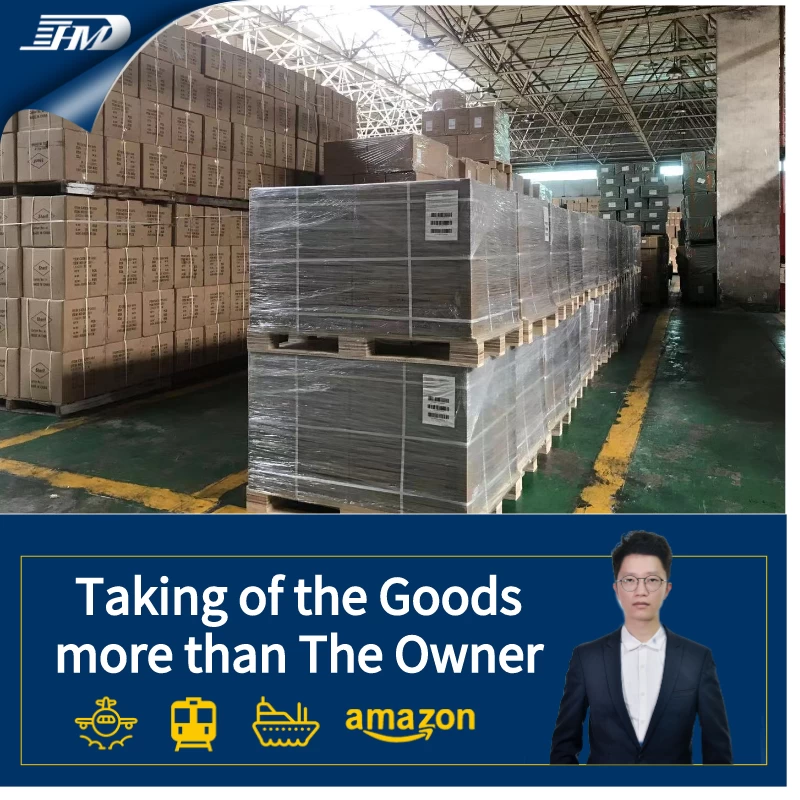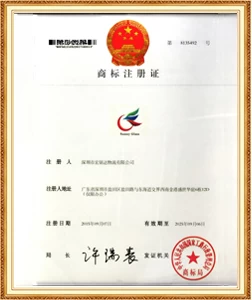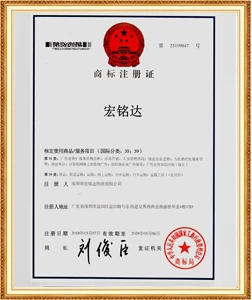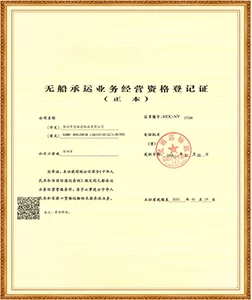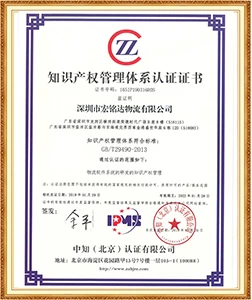Freight prices fall for four consecutive days! Across the board, the US West continues to plummet! Shipping companies plan to increase freight rates after mid-August
Sunny Worldwide LogisticsIt is a company with more than 20 years of transportation experience, specializing in Europe, the United States, Canada, Australia, Southeast Asia and other markets, and is more of a cargo owner than a cargo owner~

Currently, the global shipping market is undergoing a series of significant changes, mainly reflected in freight rate fluctuations, excess shipping capacity and adjustments to the market competition landscape.
The latest continued decline in the Shanghai Export Container Freight Index (SCFI) has become the focus of market attention. SCFI data released on August 2 showed that the index fell 115.2 points to 3332.67 points, a weekly decline of 3.34%, and has fallen for four consecutive weeks. The decline in the West American route remained at 6% for three consecutive weeks, and the decline in the Mediterranean, East American, and European routes expanded to 5.18%, 2.21%, and 1.68% respectively.
In the past month, SCFI has fallen by more than 400 points, or 10.74%. The industry bluntly stated that the speed and extent of freight rate declines reflect the intensity of competition in the shipping market. However, given that the alliance shipping companies currently have a large market share in the east-west route and have a high degree of customer control, the current drop in freight rates will still make a lot of profits for the shipping companies.
Specifically, the West-US route has become the focus of competition for many shipping companies due to its high ship turnover rate and no need to divert. Not only alliance shipping companies continue to invest in new shipping capacity through overtime shipping or new routes, but non-alliance shipping companies have also joined the fray, resulting in fierce competition in freight rates. Some non-alliance shipping companies have even lowered freight rates to per large box (40-foot container). )4 prefix, forcing shipping companies to fine-tune their response to prevent cargo losses, further compressing profit margins.
At the same time, the European and Mediterranean lines were not immune to the wave of falling freight rates. Alliance shipping companies have also increased their shipping capacity investment in the form of overtime shipping or new routes, while non-alliance shipping companies have also continued to enter the Mediterranean route, exacerbating the downward pressure on freight rates. Starting from August, companies such as Mediterranean Shipping Company have added overtime ships or new routes to the US East Line, and the impact on freight rates has quickly emerged.
Another major challenge facing the maritime industry is the potential for overcapacity in the second half of the year. According to Alphaliner statistics, global shipping capacity has reached a record high, reaching 30,385,045TEU. Although freight rates have loosened somewhat, shipping companies still maintain considerable profitability compared to the previous surge.
Current market freight rates
On July 25, the British shipping consulting agency Drewry pointed out that freight rates in the container shipping market have reached a peak. The market reacted quickly. At noon on August 1, a large freight forwarding company stated that the latest freight rate for the US-Western route would be reduced by US0 per large box (40-foot container), and that for the US-Eastern route would be reduced by US0. However, in the evening, I received a notice from the shipping company that the price reduction would be adjusted to US0 per large box.
Behind this adjustment is a fierce game of market forces. According to the analysis of freight forwarding companies, since July, non-alliance container shipping companies have returned to the West American market and introduced highly competitive freight rates, as low as US,800 per large box, which is more than US,400 lower than the freight rates of maritime alliance members..Although the freight rates of alliance ships were originally planned to be slightly adjusted by only US0 to US0, due to market pressure and the low-price strategies of non-alliance shipping companies, they eventually had to increase the price reduction to cope with market changes.
In addition, the phenomenon of matching prices has also appeared in the market, that is, freight forwarding companies provide lower freight rates through specific matching methods. Specifically, for every five large boxes, one is charged at the long-term contract price of US,500 (including peak season surcharge), and the remaining four are charged at the spot price of US,200. The average cost per large box is US,660. The freight forwarder The company charges an additional US0-300 on top of this.
In the US East route, freight rates were originally relatively firm. However, in the middle of this month, a very large container shipping company sent overtime ships and entered the market at a low price of US,500 per large box, which directly impacted the spot freight rate of US,700. Affected by this, the latest freight rate on the US East route has dropped to US,200 on August 1, and the future trend remains to be seen.
As of August 1, the latest freight rate for the US West route remained between US,700 and US,000, while the US East route dropped from US,700 to US,200. The freight rate for the European route remained relatively stable at approximately US,600. level.
It is worth noting that the reason for the decline in freight rates is not only the continued growth of shipping capacity, but also related to the improvement of congestion in major international hub ports. The Drewry report pointed out that most container terminals in Asia are no longer congested, and only Los Angeles and Long Beach in the United States have congestion problems, while major ports in Northern Europe still face challenges.
Will shipping companies increase freight rates after mid-August? !
Industry insiders pointed out that freight rates in the container shipping market may continue to decline next week, and the main reason for the relatively stable prices on the East American and European routes is the delay in shipping due to poor weather in the Cape of Good Hope region. At the same time, due to the expected increase in order volume during the festival season, shipping companies are expected to consider raising freight rates after mid-August.
The reasons for the current decline in freight rates are mainly attributed to three points: first, after the previous 13 consecutive weeks of sharp increases in freight rates, the market needs to correct itself to cope with changes in demand; second, small shipping companies on the US-West route are seizing the market through low-price strategies Market share; third, demand in Asia failed to increase significantly in July, partly due to the early effect caused by customers' concentrated shipments in June, which caused freight rates to continue to decline.
However, well-known figures in the logistics industry said that market demand is expected to pick up in August, and the receiving price from the Far East to Europe and the East United States is better than the spot price, showing that the market supply and demand relationship is still tight. Recently, it has been observed that the export volume continues to increase. Many shipping companies plan to add GRI (general rate increase surcharge) and peak season surcharge in August. The increase range will be US,000 to US,000 per FEU (40-foot container). between. The continued increase in these additional charges is further evidence of the imbalance between supply and demand in the market.
The shipping industry generally believes that global container shipping has entered the traditional peak season, but the market is still facing shortages of containers and ships. It can be seen from the slight correction in freight rates on the East American and European routes that the contradiction between supply and demand still exists. The high freight rates on the Far East to West America route have attracted near-ocean line operators to invest in small ships to compete, which has further intensified the downward trend in freight rates on the West America line.
At present, the global shipping market is in the process of dynamic adjustment. Freight price fluctuations, excess capacity and changes in the competitive landscape are constantly shaping the future direction of the market.







